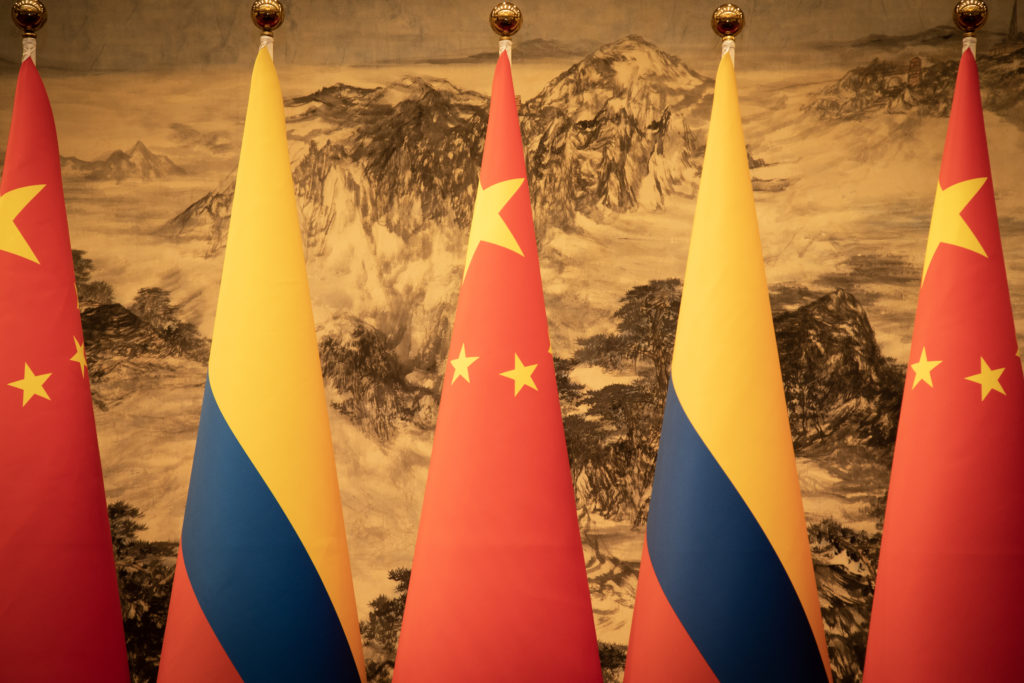
Colombia is known for its rich cultural and ethnic diversity. This nation’s identity comes from a mix of many cultures that have merged and impacted each other for centuries. This includes ancient indigenous groups, Spanish conquerors, European settlers, people of African descent, and Lebanese refugees. However, one group that doesn’t always get much attention is the Chinese Colombians.
The arrival of Chinese workers in the Americas
Chinese immigration to Colombia dates back to the mid-19th century, during a time when American countries were recruiting Chinese workers. As slavery was gradually abolished across the continent, the burgeoning Industrial Revolution created a growing demand for cheap labor. While Europeans, particularly the Irish and Germans, were initially sought after, many Latin American countries turned to Asia, especially Japan and China, known for their exploitable workers.
Although the United States, Peru, and Brazil attracted the majority of these Asian labor flows, many went to Colombia. At that time, Colombia was known as the Republic of New Granada and covered a territory much larger than it does today, including what is now Panama. With the beginning of the Panama Isthmus railroad construction in 1850, authorities called upon foreign workers. On this occasion, tens of thousands of Chinese workers were recruited to participate in the construction of the railroad and, later, the canal.
First Chinese migrants in Colombia
Hailing from the provinces of Guangdong, Fujian, and Canton, Chinese workers quickly faced brutal racism and discrimination from the national authorities of their host countries, including violent treatment at work reminiscent of slavery. With the enactment of anti-Chinese laws in the United States, Mexico, and even Panama, where the Chinese were marginalized, many decided to turn to Colombia. More welcoming, the country was also experiencing growth in agricultural and industrial activities, making it a rather attractive destination.
The Chinese initially settled on the Caribbean coast, particularly in Barranquilla, which underwent a spectacular economic and commercial boom starting in the 1860s and 1870s. Many Chinese immigrants arrived with their families and established retail businesses, restaurants, and laundries. From Barranquilla, the Chinese would settle in other coastal cities, notably Cartagena and Santa Marta. Another entry point for Chinese in Colombia was the Pacific port of Buenaventura. The Colombian Congress, motivated by the need for the Buenaventura railway project, authorized the entry of 1,000 Chinese workers to finish its construction. Following this, many moved to Cali, home to one of the largest Chinese communities in the country today.
Integrating into Colombian society
Unlike the situation in the United States, these thousands of Chinese migrants gradually integrated into Colombian society. Thus, despite an estimated population of several tens of thousands of individuals (25,000 in 2014, according to a representative of the Colombian Chinese community), there is no Chinatown in Colombia. The only historical neighborhood, founded by the Chinese in Barranquilla, disappeared as the Chinese were assimilated.
After the initial arrival of Chinese workers, Colombia saw two more waves of Chinese migrants. The first wave consisted of refugees escaping the creation of the communist regime in 1949. Throughout the Cold War, Colombia’s interactions with the Chinese sphere leaned towards Taiwan, until Sino-American relations improved in 1979. Following the United States, Colombia began diplomatic ties with the People’s Republic of China on February 7, 1980. Since that time, the two countries have slowly developed a positive relationship. A key example of this growing friendship was the opening of the first Confucius Institute in Colombia and Latin America in 2004.
Chinese heritage in Colombia
Today, Chinese immigration is driven by Chinese investments in Colombia. Indeed, China is Colombia’s second-largest trading partner after the United States, resulting in the presence of numerous Chinese companies throughout the country, such as Huawei and ZTE in telecommunications, Sinopec in the oil sector, and automotive manufacturers JAC Motors and Changan. Consequently, due to a more favorable Colombian migration policy for foreign workers, Chinese companies implanted in Colombia often employ Chinese workers.
Although the Chinese community is extremely small compared to other immigrant communities such as the Lebanese or Venezuelans, the Chinese have significantly impacted the development of the country. In particular, they played a critical role in stimulating trade in the port cities where they settled, especially Buenaventura. The Chinese have even influenced Colombian culture, contributing one of the most popular dishes in Colombian cuisine, Chinese rice (arroz chino).
See all the latest news from Colombia and the world at ColombiaOne.com. Contact our newsroom to report an update or send your story, photos and videos. Follow Colombia One on Google News, Facebook, Instagram, and subscribe here to our newsletter.

